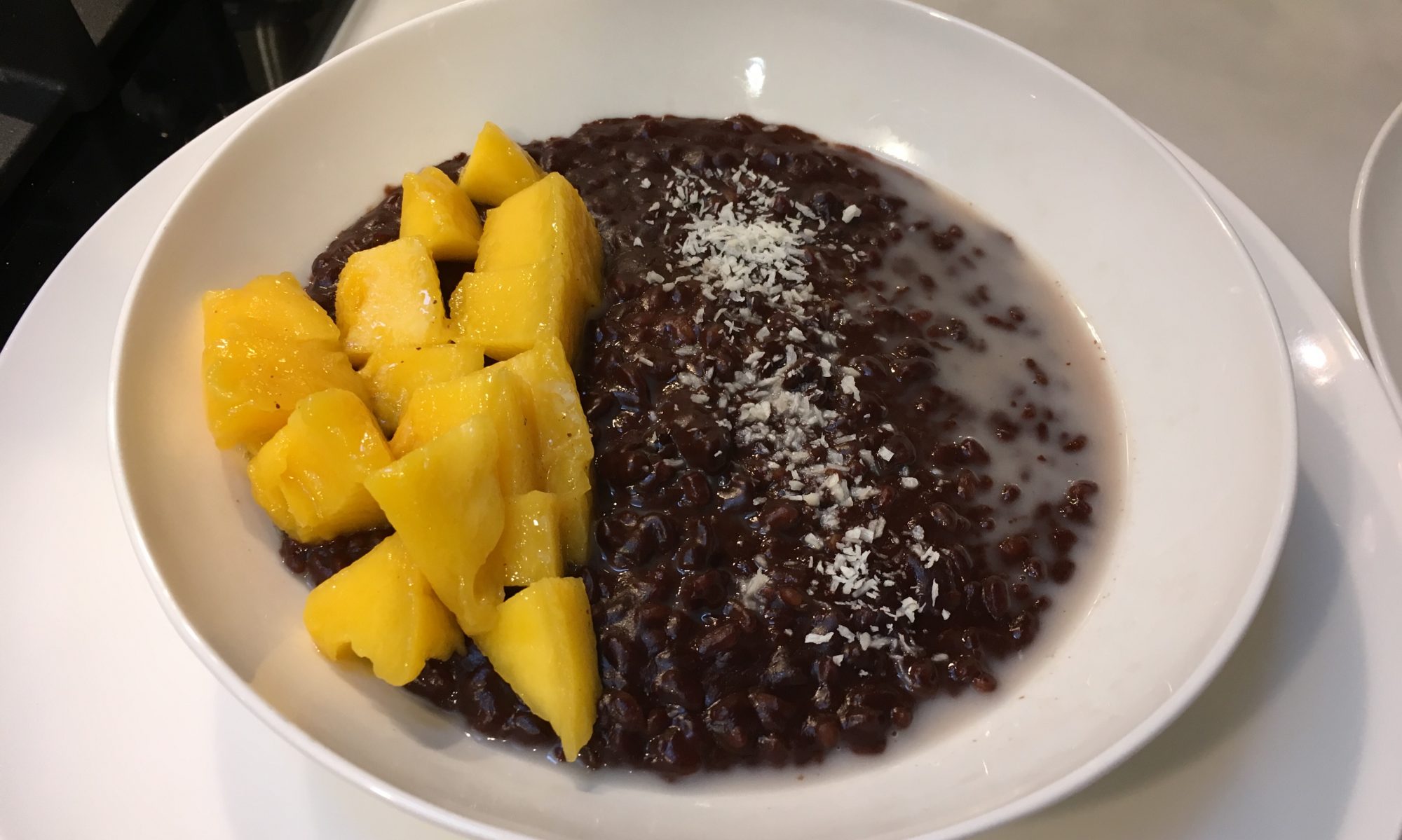One of the first pieces of advice that I was given when I started proudly posting my absurdly exploded breads was that “you need steam”, and I had not a clue of how to make it happen.
You might have also heard about “adding steam” if you’ve been trying to take your home baking to the next level, to obtain a more “professional” finish: deeper colour, sophisticated blisters, and a shiny appearance that screams: EAT ME! I AM TASTY!
But if you’re like me, you’ll be also wondering: WHY? How does that work? 🤨🤔
I was frustrated for the longest time because I did not understand how any of this worked, and the methods proposed did not seem to have any effect at all. It took a while for things to “click” in my brain and make sense. This is my attempt to share what I’ve learned!
In this post, I’ll explain…
- how steam helps to make better breads
- how to create steam in a domestic oven
- why you should feel very free to entirely ignore this for now
- another method to create steam, with a casserole
- and how the bakers of old achieved this too, but without resorting to graphs and talk of SCIENCE
Hopefully you’ll get something useful out of this!
Continue reading “My technique for baking bread with steam”




